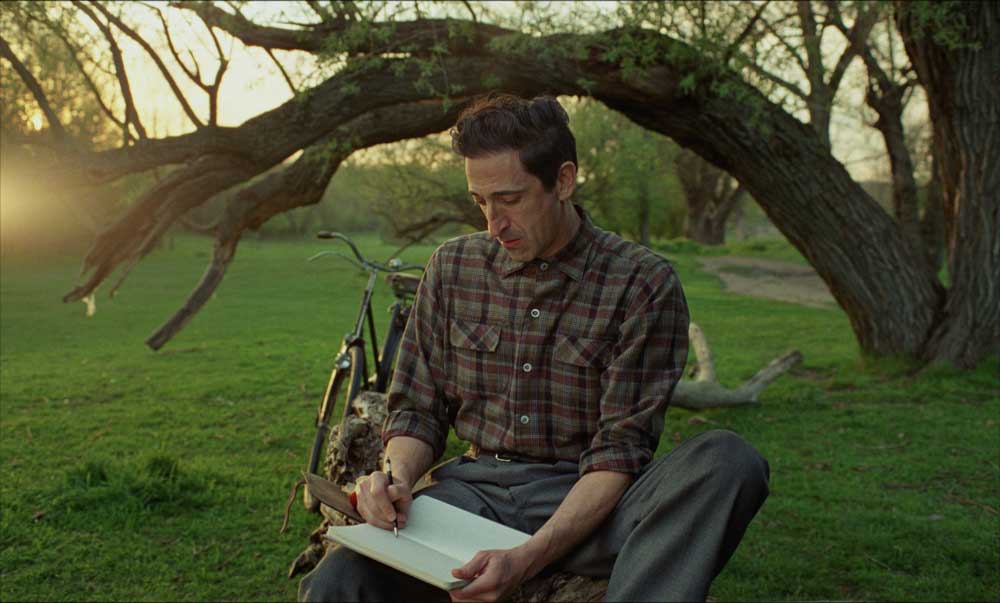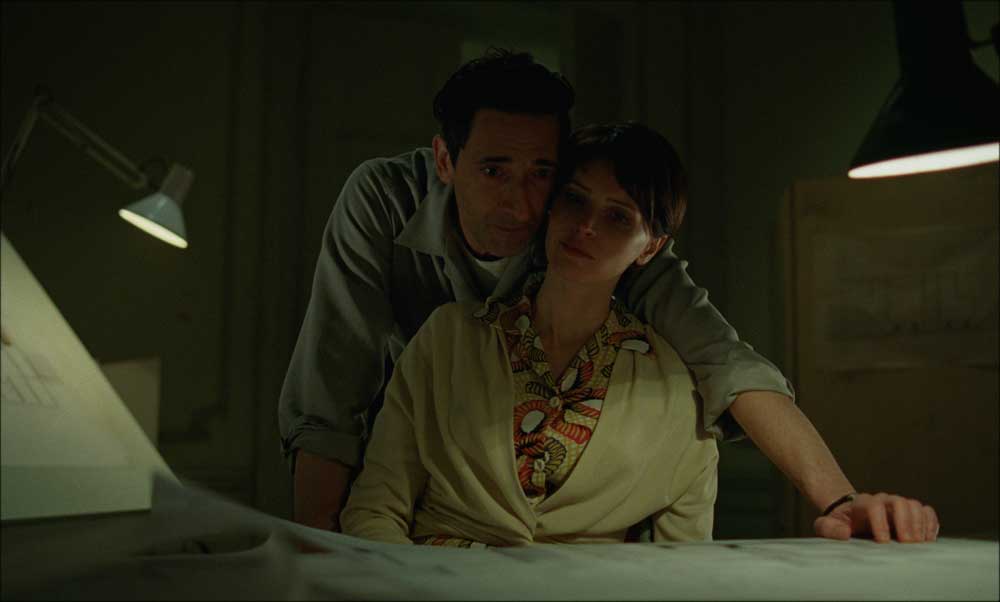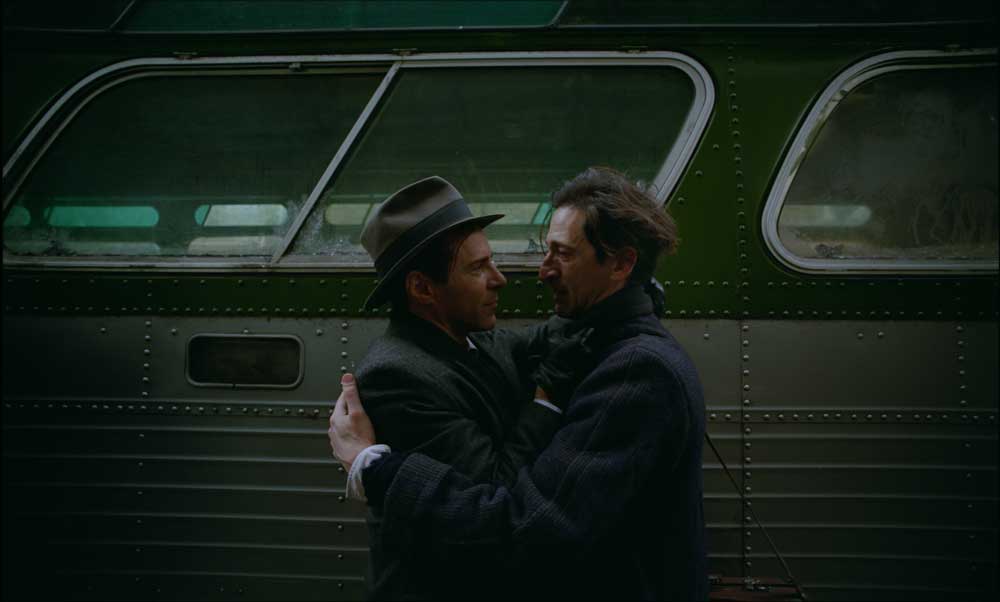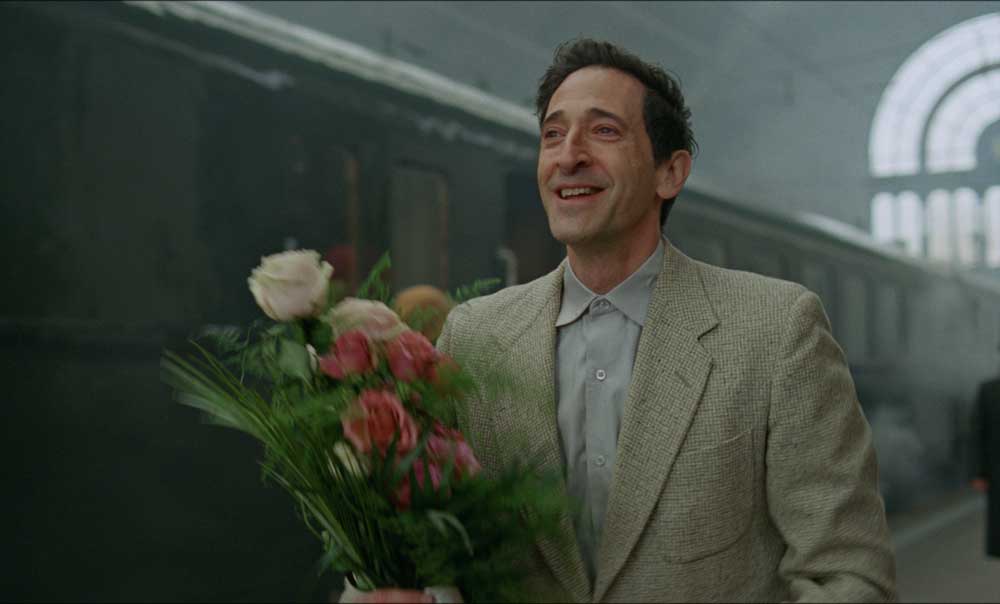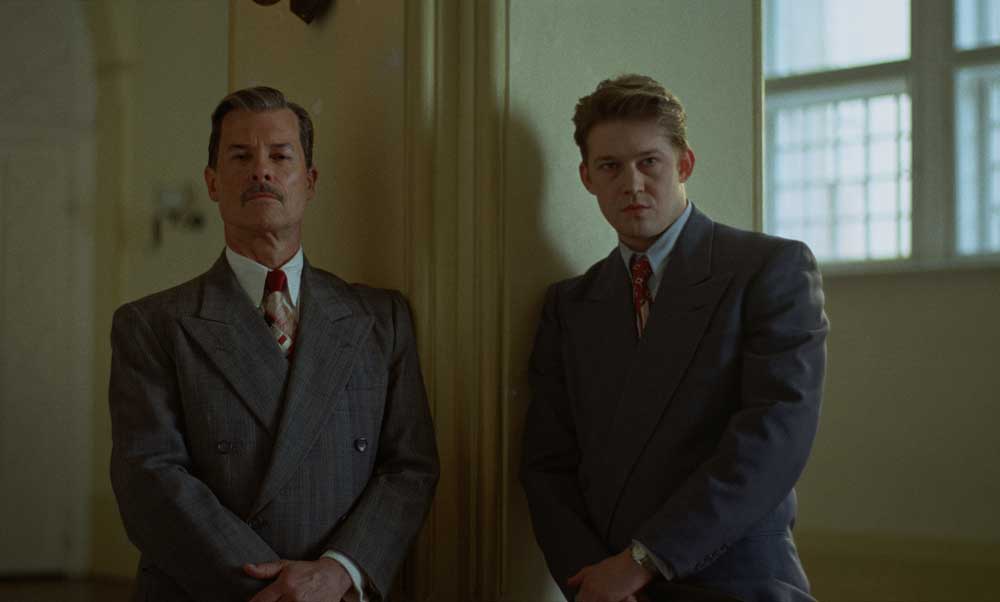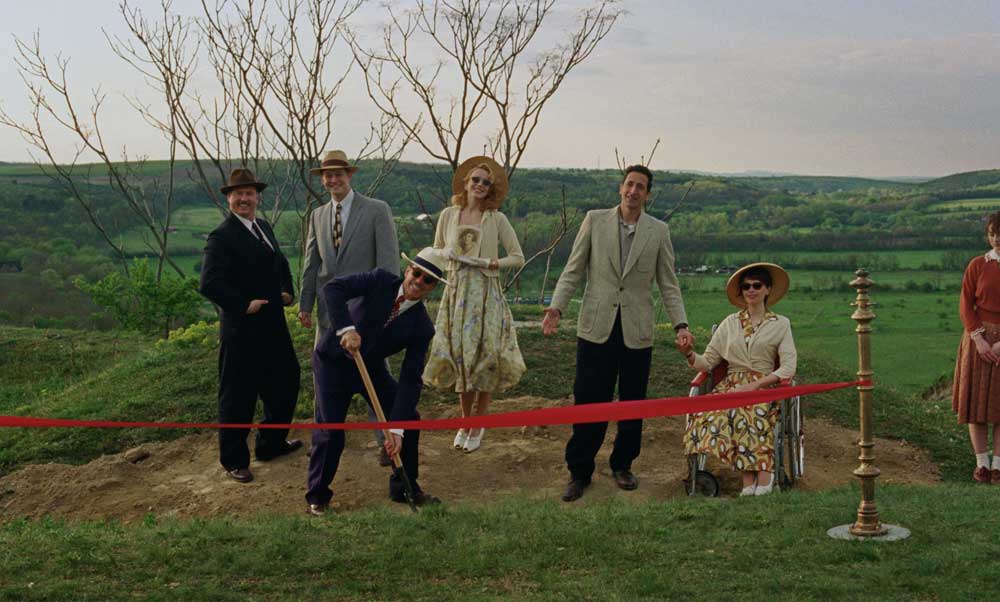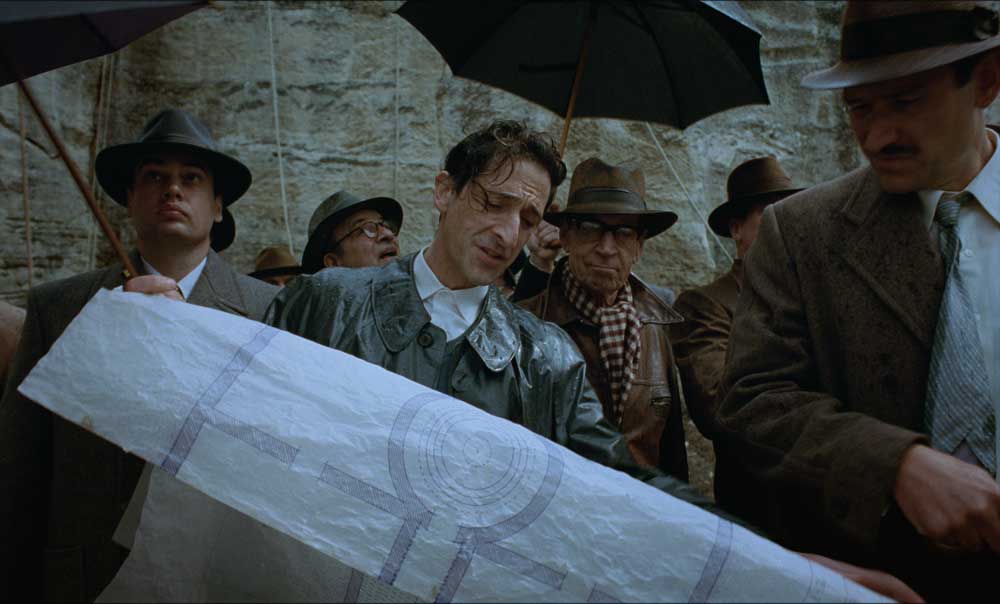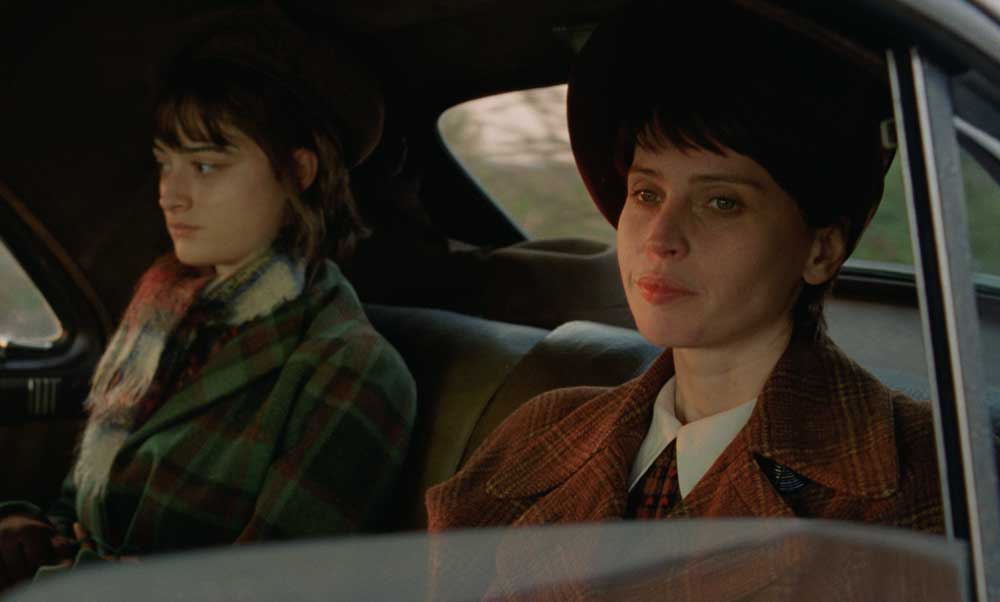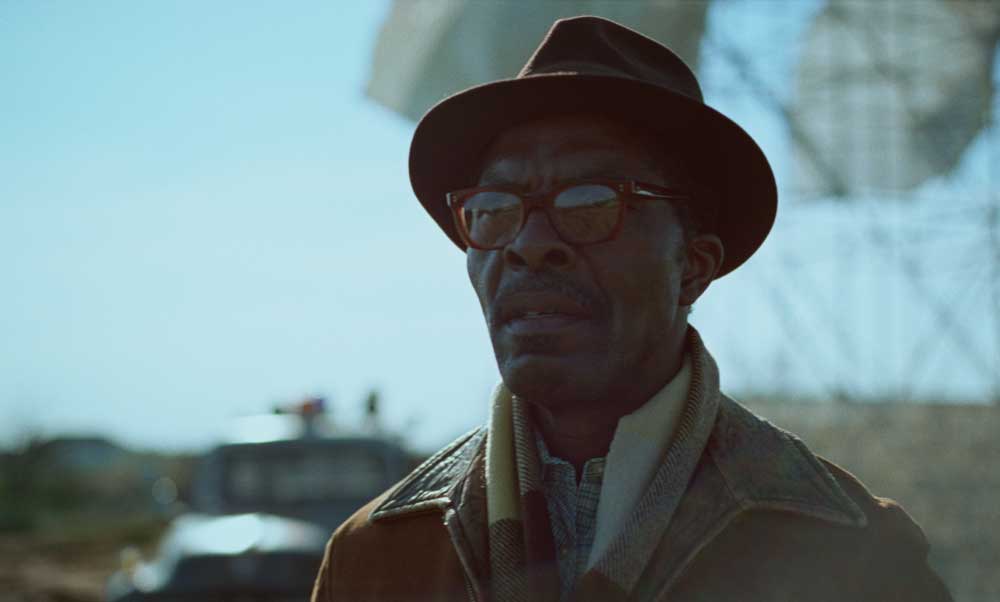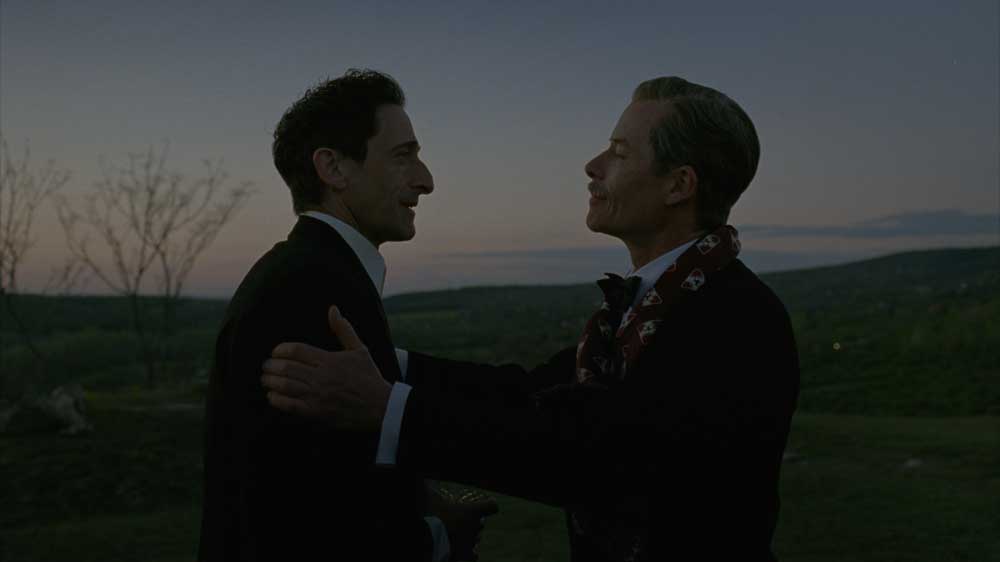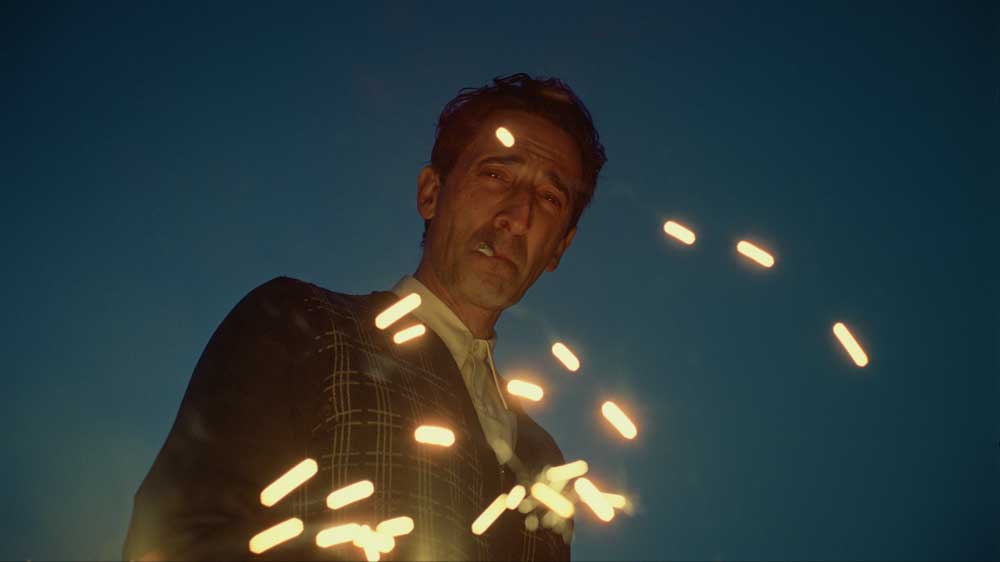The Brutalist The Brutalist
cast Adrien Brody, Felicity Jones, Guy Pearce, Joe Alwyn, Raffey Cassidy, Isaach De Bankolé, Alessandro Nivola,
IMDbPhotos
What's On
Bambi: A Tale of Life in the Woods Bambi, l'histoire d'une vie dans les bois
Michel Fessler
Sunday, 20. 04. 2025 / 14:30 / Main Hall
The story of Bambi retraces the first years of a fawn’s life, and the trials he must face in the woods… This initiatory tale, a hymn to nature.
The Other Way Around Volveréis
Jonás Trueba
Sunday, 20. 04. 2025 / 16:30 / Main Hall
Is a “good” breakup possible? Spanish director Jonás Trueba’s film is a playful and witty nod to the classic remarriage comedies of the 1930s and 1940s, showing that separation can hold just as much love and hope as a reunion.
No Other Land No Other Land
Basel Adra, Hamdan Ballal, Yuval Abraham, Rachel Szor
Sunday, 20. 04. 2025 / 18:00 / Small Hall
Palestinian activist Basel Adra has been documenting for years how Israeli occupiers destroy villages in his home region of Masafer Yatta. While fighting to preserve his community, he forms an unexpected alliance with Israeli journalist Yuval Abraham…
